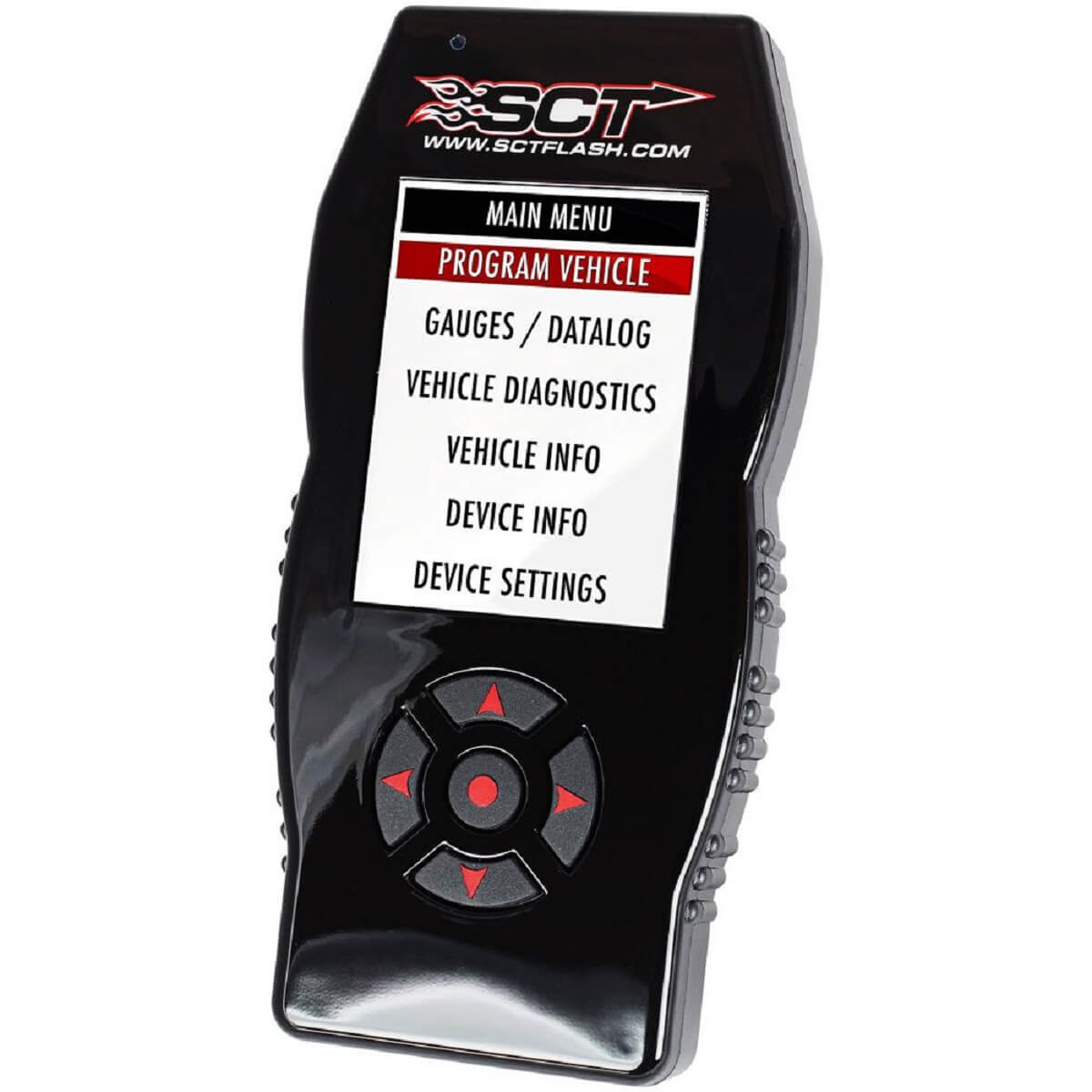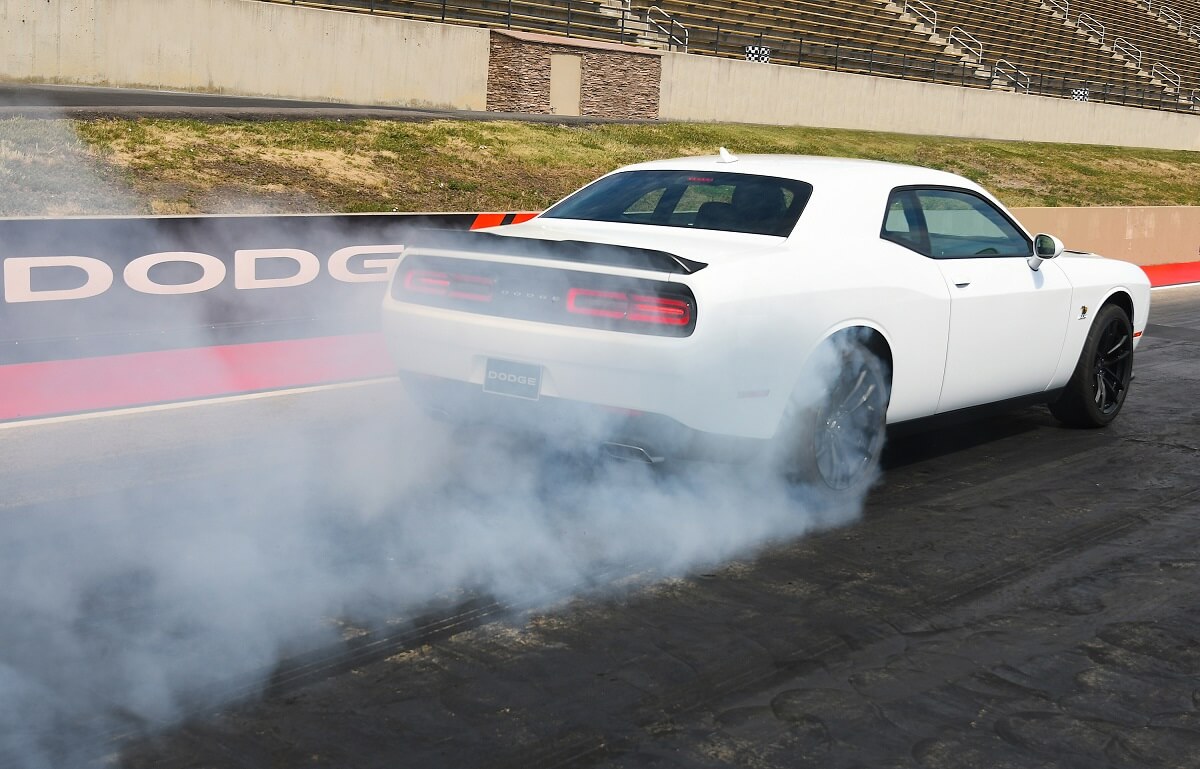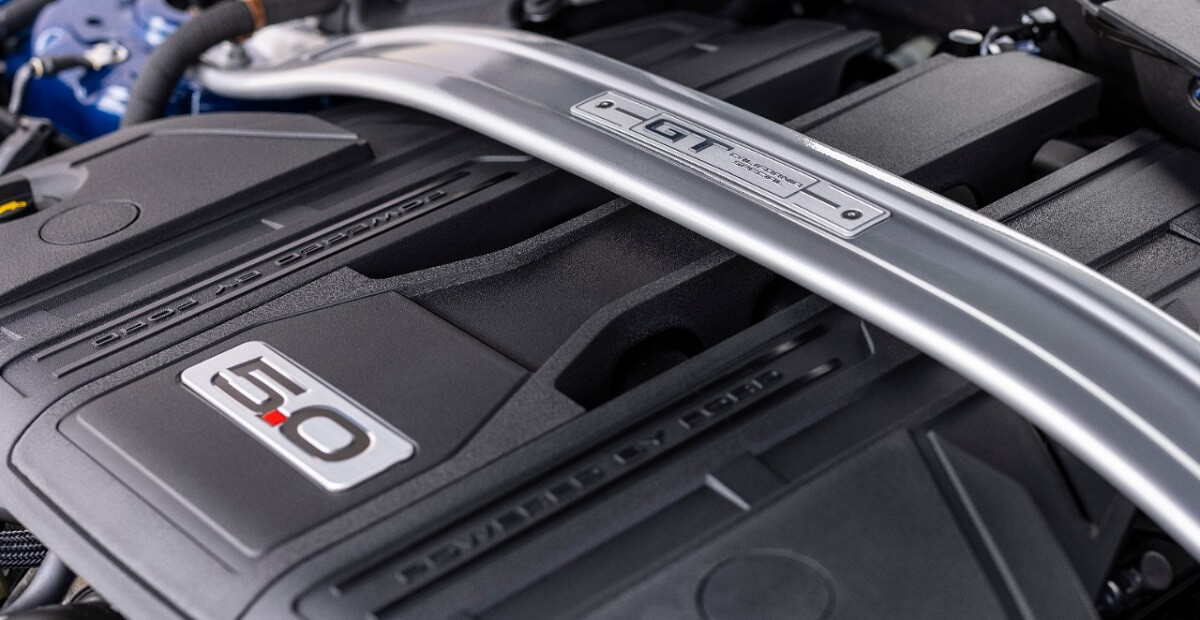
Is Tuning Your Modern Muscle Car Worth It?
OK, you got yourself a Dodge Challenger R/T, and you’re not pleased with the factory 375 crank horsepower rating. Don’t fret; a tune can help wake your engine to produce more power and torque. So is a tune or standalone engine control unit (ECU) upgrade worth it for your modern muscle car? Or should you go straight for forced induction on your S550 Ford Mustang or Chevrolet Camaro?
Can you tune a muscle car?
Like other sports cars and performance vehicles, owners can tune a modern muscle car for optimal performance. In fact, drivers can flash a tune to their car’s hardware, opt for a tuner, or install a standalone ECU.
The easiest way to tune a modern muscle car is an ECU tune flashed to your existing hardware. For instance, some tuning houses can plug into your vehicle’s OBD II port and tune a modern muscle car like a Chevrolet Camaro ZL1 1LE to run optimally on pump gas or 100+ octane fuel.
What are the benefits of tuning a modern muscle car?

According to CJ Pony Parts, Corporate Average Fuel Economy (CAFE) regulations routinely limit stock cars’ capacities to produce significant power. As a result, your late-model Dodge Challenger R/T or Ford Mustang GT has more potential than stock power figures suggest. A tune can access some of that potential.
More importantly, a tune is essential if you have bolt-ons on your muscle car, like a cold air intake (CAI). For instance, while running rich (too much fuel in the air-fuel mixture) is wasteful, it’s safer than running lean. A programmable ECU, like a standalone unit, can help with real-time adjustments.
What does an ECU tune do?

An ECU tune or standalone unit can take your make, model, engine size, and target inputs to adjust your vehicle’s air-fuel ratio. Many standalone units are plug-and-play, with simple connections and a port for vacuum line readings. When programmed correctly, an ECU tune will allow a stock or bolt-on motor like a 5.0L Coyote V8 or 5.7L HEMI engine to increase its overall power output.
What else can you do to make your muscle car faster?

In addition to flashing your ECU with a tune or investing in a standalone ECU, you can add forced induction to a naturally aspirated muscle car to make it more powerful and, traction-allowing, faster.
For instance, adding a turbocharger, centrifugal supercharger, or roots-style supercharger to an engine can allow it to perform at higher volumetric efficiency. That means forced induction sends air into the combustion process more efficiently than a naturally aspirated application or intake modification. As a result, an engine can gulp through more air, account for it in the air-fuel mixture, and make more power.
Of course, determined tuners and builders can make a performance car like a Ford Mustang faster without a tune or pricey forced induction. Lightening, stiffening, and investing in high-quality, grippy performance tires can do wonders for making a muscle car quicker on more than just the drag strip.



